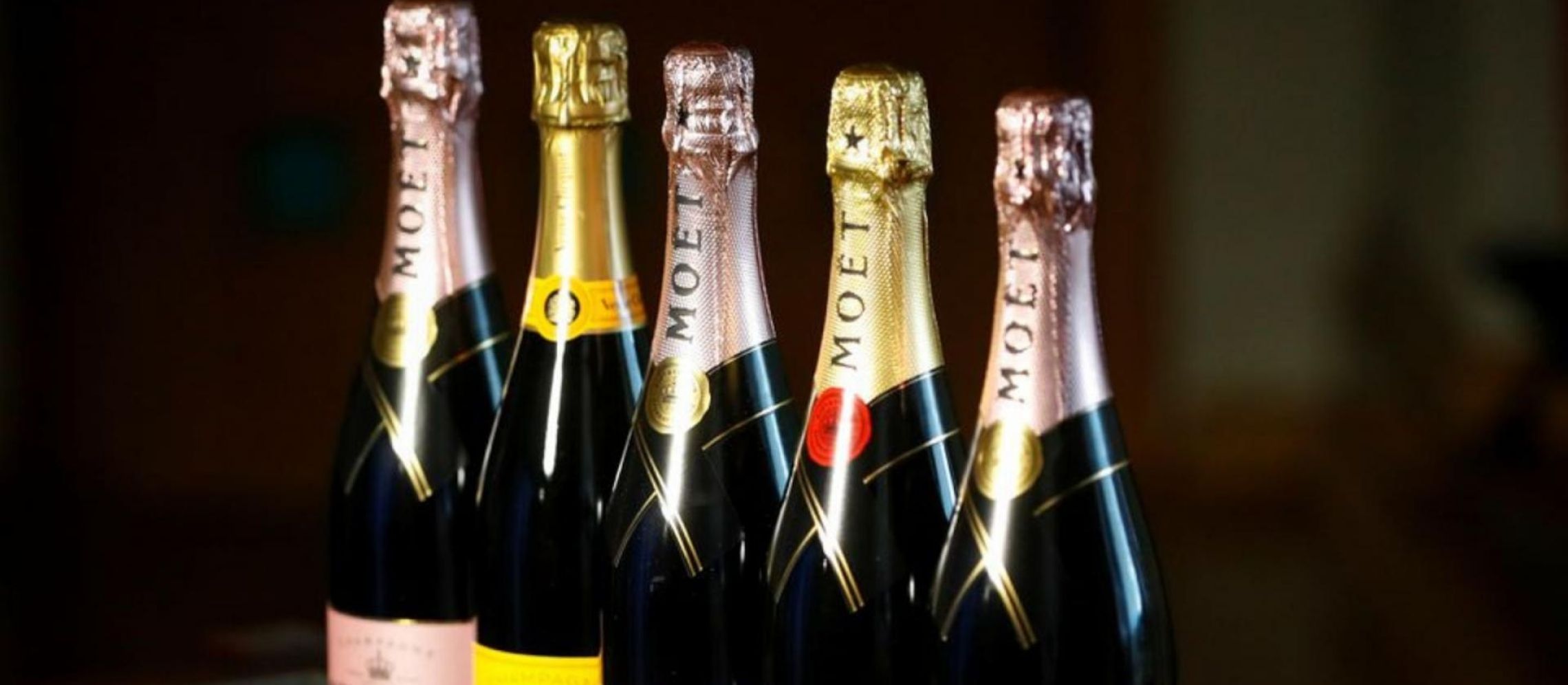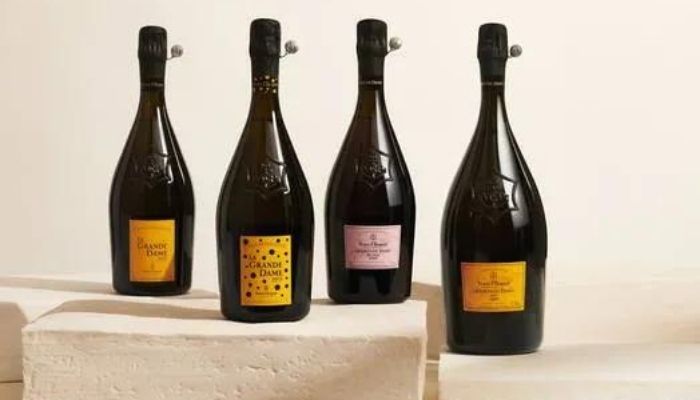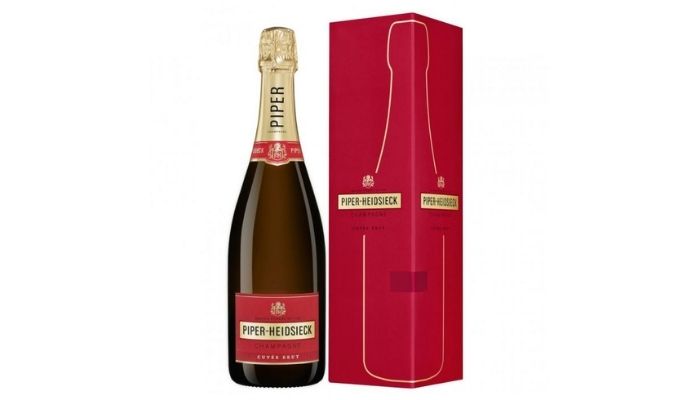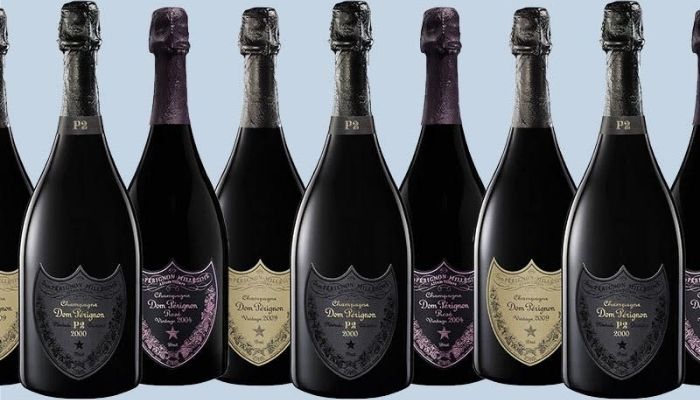Early Bird Deadline
30 November 2025
Judging
Date
23 & 24 March 2026
Winners Announcement
22 April 2026
30 November 2025
23 & 24 March 2026
22 April 2026

The wine trade has had a tough two years. The pandemic impacted both supply and demand of their witness, further affected by the disrupted supply chains. This really doubles down on the ongoing struggles with Climate Change that vintners around the world are struggling to find a way out of. Of all the wines that continued to struggle to keep up through the pandemic, the closure of on-premise demand massively impacted luxury wines and specifically Champagne.
Champagne is synonymous with celebration and good times. In a rather bleak atmosphere with the pandemic and the struggle with the supply chain to fulfill some of the most basic orders, there was very little scope of popping the bubbly open. In 2020, Champagne sales plummeted; a 10% decrease year-on-year in March was followed by a 26% decrease in April and 32% in May compared to the same months in 2019.
Considering the IWSR projected Champagne production and sales to reach 2019 levels by late 2023 at the earliest, Champagne’s comeback has surprised everyone.
Although the sector braced itself for losses of up to 40%, the year ended with a decrease of 18% in volume and 17% in value. This led to an outstanding and surprising recovery in 2021, with an all-time record turnover and the highest number of bottles sold since 2011. The Comité Champagne capped yields for Champagne growers gearing up for the 2020 harvest at a dramatically reduced level – enough to produce 230 million bottles when the average vintage of that decade had been limited to around 315m. In contrast, for 2021, those yields have been set at one of the highest levels seen this century: 13,100kg/hectare. This is enough to produce 382m bottles for a fully productive area of 35,000ha, although the equivalent of 291.7m can be used for this year’s output (the rest must be put towards a store of wine for future needs, otherwise known as a réserve).
[[relatedPurchasesItems-44]]
The CEO of Champagne Gosset, Jean-Pierre Cointreau, says: “Of all the wine regions of France, Champagne is governed the best; we have the tools to adapt to every situation – it’s a region that benefits from having a strong governing body and strong brands.” This truly reflects in the Comité’s announcement of the “get Champagne ready for 2050” strategy.
Under the “get Champagne ready for 2050” strategy, the plan is to:
Working towards carbon neutrality, with goals set at 25% offset emissions by 2025 and 75% by 2075.
All vineyard areas to be under one of three certifications (Organic, Haute Valeur Environnementale, and/or Viticulture Durable en Champagne) by 2030.
Redefine rules and regulations to preserve the quality and character of Champagne in the context of climate change. Details about which regulations might change in the near future were not provided but, when asked, Toubart and Barillère confirmed these might include changes to allowed varieties and the percentage they might play in blends.
Extend and consolidate the legal recognition of the appellation, with a special focus on the ongoing issues in USA and Russia.
While it is exciting to see how the numbers for Champagne scale through the coming years, its markets continue to evolve as well. According to the Comité Champagne, which announced its year-end estimates of global Champagne shipments yesterday, the US imported 34 million bottles in 2021, which was up 62% on 2020’s total of 21m – when the effect of the pandemic on sales was being most acutely felt.
Here is a look at the top 5 Champagnes imported in the United States:

Source: Veuve Clicquot
One of the largest Champagne houses in the world, Veuve Clicquot – established in 1772 – owes a great deal to the wife of its founder, Philippe Clicquot. Known as ‘Madame Clicquot’, this pioneering woman has been credited with creating the first known vintage Champagne, as well as the first known blended rose Champagne. Today, the house produces a range of Champagnes, although its famed Yellow Label Brut is perhaps the most iconic. In a tribute to Madame Clicquot, the house also produces La Grande Dame, the latest release of which is the 2012 vintage. Their other champagnes include Champagne Brut Yellow Label, Champagne Extra Brut Extra Old, Champagne Rosé, Champagne Vintages, Champagne Demi-sec, La Grande Dame, Veuve Clicquot Rich, and Veuve Clicquot Arrow.

Source: Lifestyle Asia Hong Kong
Moet & Chandon is one of the most prominent Champagne houses in the world, as well as co-owner of luxury goods company LVMH. Owner of the prestigious label Dom Perignon, Moet was first established in 1743 and launched its bestselling Brut Imperial in the 1860s. The house produces a number of other Champagne lines, including ‘Ice’ and ‘Nectar’, but its iconic Imperial that continues to stand the test of time. Moët Effervescence, Grand Vintage 2013, Moët Impérial, Rosé Impérial, Ice Impérial, Ice Impérial Rosé, Grand Vintage 2013, Grand Vintage Rosé 2013, Grand Vintage 2012, Grand Vintage Rosé 2012, Grand Vintage 2009, Grand Vintage Rosé 2009, Nectar Impérial, and Nectar Impérial Rosé are some of the iconic champagnes from Moët & Chandon.

Source: Duty Free Charleroi
Sometimes known as “the red label,” Piper-Heidsieck is one of the most iconic Champagne celebrities at red carpet events like the Cannes Film Festival. A timeless classic, Piper-Heidsieck, is a favorite among luxury lifestyle brands. Perhaps it has something to do with the fact that the Champagne house began as an attempt to impress Queen Marie Antoinette or that it was the Champagne brand of choice for Marilyn Monroe. Cuvée Brut, Rosé Sauvage, Cuvée Sublime, Brut (Vintage 2006), and Cuvée Rare are some of the iconic champagnes from Piper-Heidsieck.

Source: Champmarket
With its contemporary packaging and good value blends, Nicolas Feuillatte is one of the bestselling Champagne brands in France. Unlike most of the world’s beloved, centuries-old champagnes, Nicolas Feuillatte is a relatively young Champagne brand — the blue label was founded in 1976. Nicolas Feuillatte Champagne bottles are both approachable and affordable. Some of the iconic champagnes from Nicolas Feuillatte are Réserve Exclusive Brut, Réserve Exclusive Rosé, Réserve Exclusive Demi-Sec, Terroir Premier Cru, Collection Organic Extra Brut Limited Edition, Collection Vintage 2010 Brut, Collection Vintage 2015 Blanc de Blancs, Grand Cru 2012 Blanc de Blancs, and Grand Cru 2010 Blanc de Noirs, Palmes d'Or 2008 Brut, and Palmes d'Or 2008 Rosé.

Source: Vinovest
The ‘Father of Champagne’, Dom Perignon was a 17th-century monk and cellar master at the Benedictine abbey in Hautvillers. He helped to pioneer the development of sparkling wines, with the Champagne brand named in his honor creating its first vintage in 1921. Since then, the label – produced by Moet & Chandon (see below) – has become synonymous with top-quality vintage Champagne. The brand creates three Champagnes: the vintage, a rose, and a further offering called Plenitude 2.
Header Image Source: Reuters
Article by Prithvi Nagpal, Editor & Sommelier, Beverage Trade Network
Show your wines where it matters. Get your products tasted by top sommeliers, buyers and experts at the London Competitions — enter now.